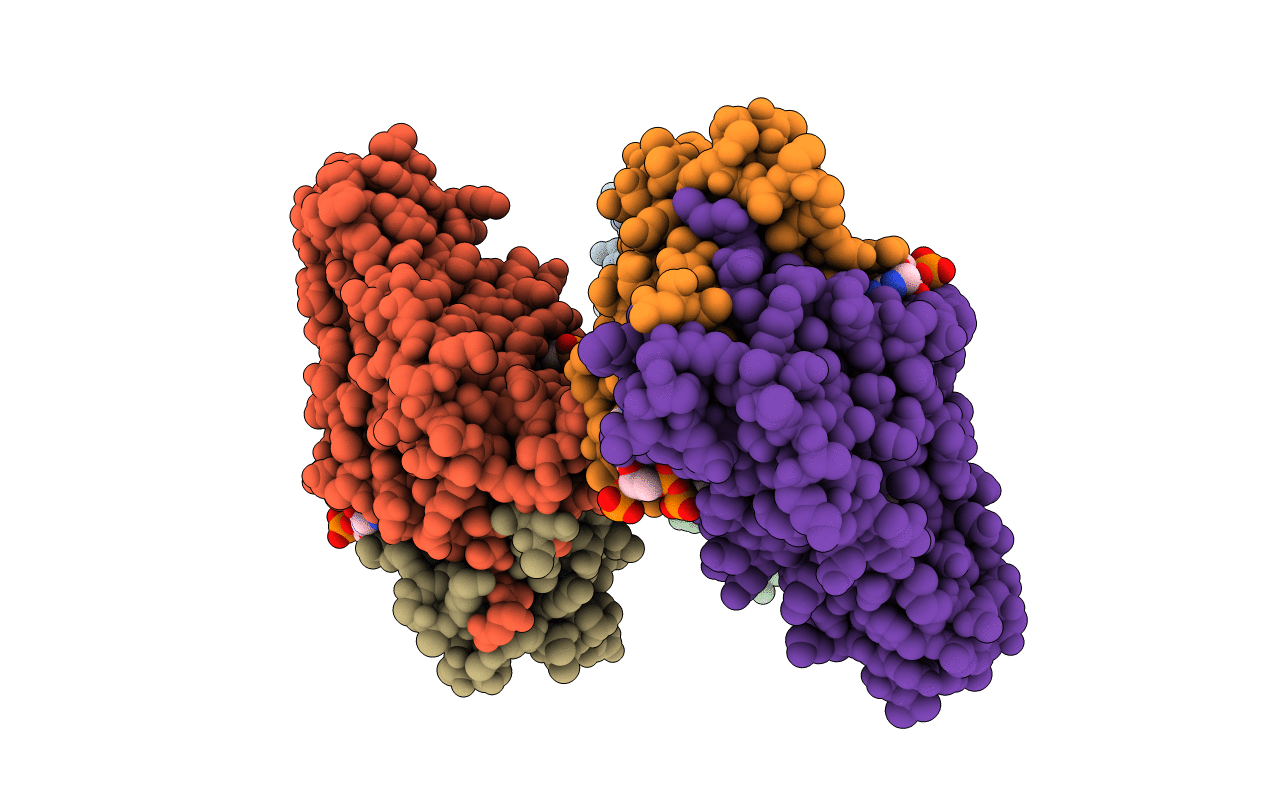
Deposition Date
2013-08-23
Release Date
2014-03-19
Last Version Date
2023-11-08
Entry Detail
PDB ID:
3WHC
Keywords:
Title:
Crystal structure of a transcriptional regulator FadR from Bacillus subtilis in complex with stearoyl-CoA
Biological Source:
Source Organism:
Bacillus subtilis (Taxon ID: 224308)
Host Organism:
Method Details:
Experimental Method:
Resolution:
2.20 Å
R-Value Free:
0.27
R-Value Work:
0.23
R-Value Observed:
0.24
Space Group:
P 21 21 21


